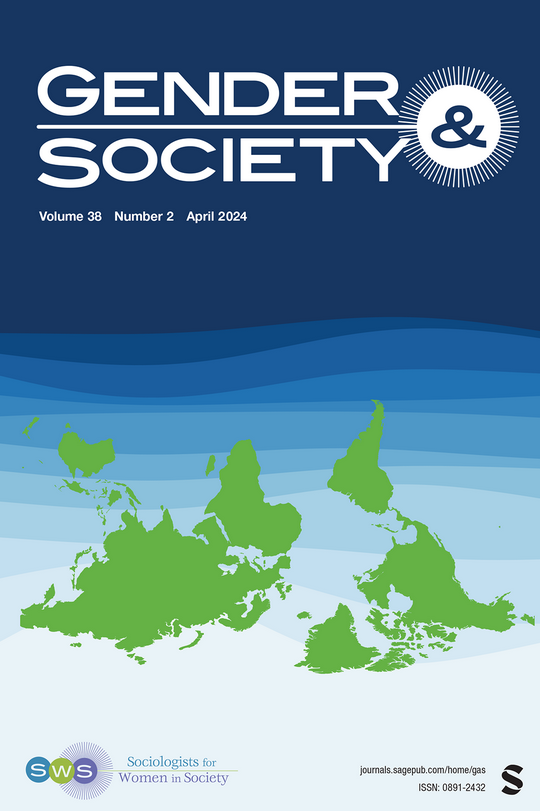建立定居者殖民秩序:警察应对“加拿大”暴力侵害土著妇女行为的行动
IF 3.4
1区 社会学
Q1 SOCIOLOGY
引用次数: 1
摘要
在这篇文章中,我们关注的是“加拿大”失踪和被谋杀的土著妇女、女孩和2SLGBTQQIA人。我们将警方用来应对这种暴力的叙事理论化。本文使用了“加拿大”各地证词的广泛数据样本,有助于了解警方的行动是如何理解、证明和驳回针对土著妇女、女孩和2SLGBTQQIA人的暴力行为的。我们从多伦多和其他“加拿大”城市对土著人民的48次深入半结构化采访中得出结论,并从加拿大失踪和谋杀土著妇女和女孩国家调查(NIMMIWG)的219份证词中得出结论。分析发现,警方反复使用类似的框架(主题)、风格(语言和行为策略)和故事情节(叙事)来应对针对土著人民的暴力行为。虽然将土著妇女、女孩和2SLGBTQQIA人定性为离经叛道者有助于警方理解和解释针对他们的暴力行为,但使用言语和行为策略(冷漠、冷酷无情和缺乏信息)以及故事情节(“他们是[插入病态框架]”和“我们无能为力”)可以让警方驳回暴力行为并为其辩护。我们认为,警察使用的框架、风格和故事情节使暴力长期存在。警察的行动对于实现定居者殖民主义的意识形态和物质层面至关重要。本文章由计算机程序翻译,如有差异,请以英文原文为准。
Building the Settler Colonial Order: Police (In)Actions in Response to Violence Against Indigenous Women in “Canada”
In this article we focus on missing and murdered Indigenous women, girls, and 2SLGBTQQIA people in “Canada.” We theorize narratives that police employ to respond to this violence. Using a broad data sample of testimonies across “Canada,” this article contributes to understanding how police (in)actions make sense of, justify, and dismiss violence against Indigenous women, girls, and 2SLGBTQQIA people. We draw from 48 in-depth semi-structured interviews with Indigenous peoples in Toronto and other “Canadian” cities and 219 testimonies from the Canadian National Inquiry into Missing and Murdered Indigenous Women and Girls (NIMMIWG). The analysis finds that police repeatedly use similar frames (topics), styles (linguistic and behavioral strategies), and storylines (narratives) to respond to violence against Indigenous peoples. While framing Indigenous women, girls, and 2SLGBTQQIA people as deviants helps police make sense of and explain violence against them, the use of verbal and behavioral strategies (indifference, callousness, and lack of information) and storylines (“they were [insert pathologizing frame]” and “there’s nothing we can do”) allows police to dismiss and justify acts of violence. We argue that the frames, styles, and storylines employed by police perpetuate violence. Police (in)actions are fundamental to achieving settler colonialism’s ideological and material dimensions.
求助全文
通过发布文献求助,成功后即可免费获取论文全文。
去求助
来源期刊

Gender & Society
Multiple-
CiteScore
9.70
自引率
3.60%
发文量
78
期刊介绍:
Gender & Society promotes feminist scholarship and the social scientific study of gender. Gender & Society publishes theoretically engaged and methodologically rigorous articles that make original contributions to gender theory. The journal takes a multidisciplinary, intersectional, and global approach to gender analyses.
 求助内容:
求助内容: 应助结果提醒方式:
应助结果提醒方式:


